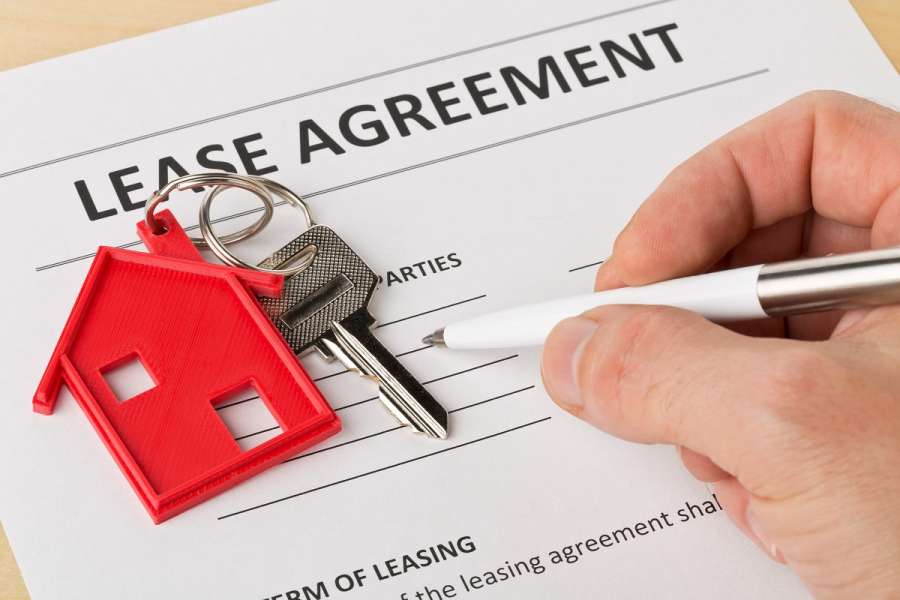Forfeiture of a lease is a useful right for a landlord; however, a landlord should exercise caution and seek legal advice as the tenant can apply for relief from forfeiture.
A lease will include tenants' covenants, amongst others, to pay the sums due under the lease (such as rent, service charge and insurance), to keep the property to a certain level of repair and condition, and not to assign or sub-let the property without the landlord's consent.
If the tenant breaches the covenants, the landlord may wish to re-enter the property and end the lease.
The lease may also allow the landlord to re-enter the property in other circumstances, such as when the tenant suffers an event of insolvency.
Where a landlord seeks to end a lease by re-entering the property following a breach of covenant by the tenant, the tenant can apply to the court for relief to have the forfeiture set aside.
Relief from forfeiture is a discretionary equitable remedy, and the court will look at whether the granting of relief will put the landlord and the tenant in the position they would have been in had there been no forfeiture.
If relief is granted, the lease will be reinstated as if no forfeiture has occurred.





